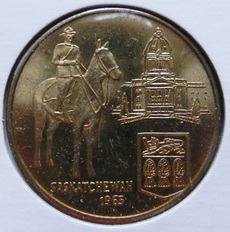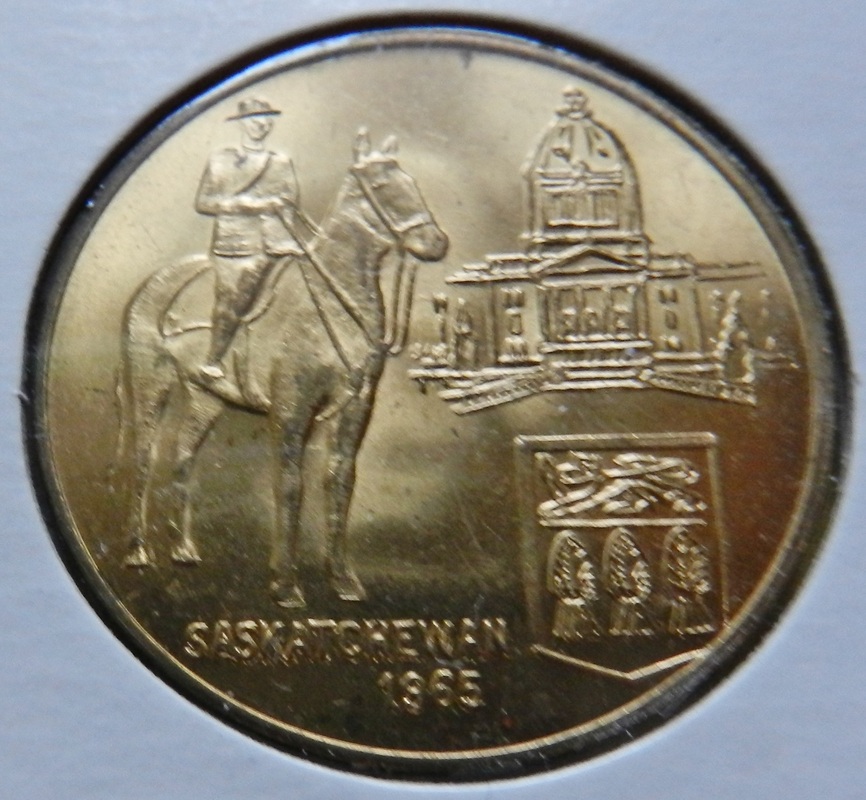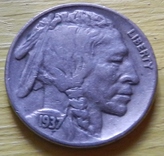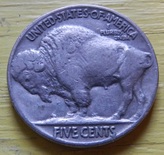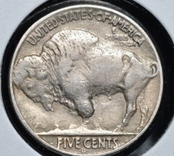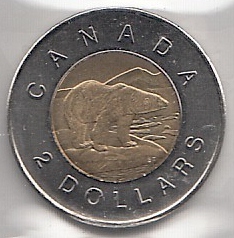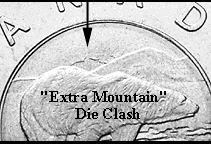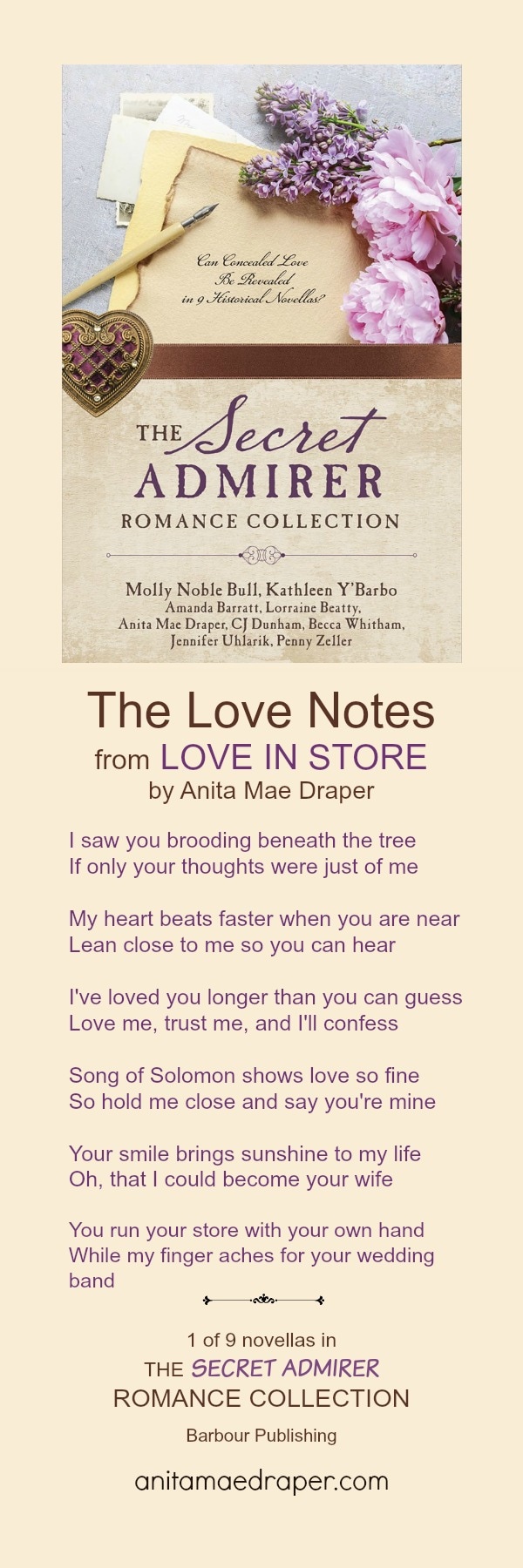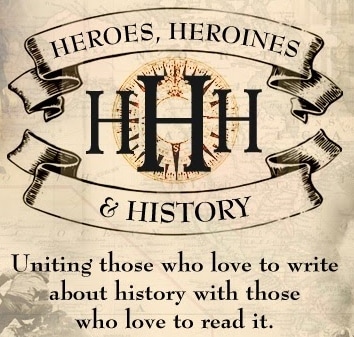I was in Grade 7 so around 12 yrs old and I was walking to the bakery near our house in Winnipeg, Manitoba. As usual, I walked with my head down. Sometimes I read a book while
walking, but on this occasion I didn't have anything to read. Keeping my head own served 2 purposes.
First, I didn't have to look at anyone walking toward me. This sounds silly now, but I was rather shy as a young girl and prayed I wouldn't pass anyone one the street. Sometimes I
did and then I never knew where to look because the sky would surely fall if I looked at them and they looked back at me.
Second, I often found a penny or nickel when I walked along with my head down. And that's how I found my first old penny. It was a 1916 U.S. cent and I still have it in my collection. It was old instead of bright shiny new. But what intrigued me was that it was different from our Canadian maple leaf pennies. That foreign (to me) coin started my small collection which now includes tokens.
About a month ago when we celebrated our 1000th blogpost here at the Inkwell, we decided each of us blog members would give out a prize from our locale. To me, it was a natural choice to give coins that were minted right here in my province, Saskatchewan. But they couldn't just be any coins or tokens, they had to be different. So my gift will include the two different tokens you see below.
Now look closely at the horse's tail in the top one and then the bottom one. As you can see, the bottom one doesn't have a tail. This token is an error. Generally, coins or tokens with errors are worth more than those without but it depends on which is rarer.
So the winner of my little assortment of coins and tokens will receive one token with a tail and one without.
That got me thinking about all the people who don't know they could be carrying error coins in their pocket change. It happens in every mint in every country and to prove it, I
wanted to show you a very small sample.
Let's look at a 1937 U.S. 3-legged Buffalo nickel because that's the first one I remember noticing. Not that I ever found one. I wish I did, though because they're worth upwards of U.S. $500 since there are so few around.
Do you see the error on the buffalo side of the coin? Count the legs.
The error is in the bottom photo where the front right leg is missing. This happened during minting when the die deteriorated and stopped pressing/punching that first leg. So it looks like a 3-legged buffalo.
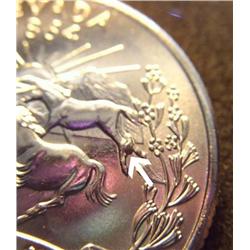
- Minnesota: an extra tree (doubled die error)
- Nevada: poop on the horse's leg (die chip)
- Nebraska: Chimney rock with side boulder (die chip)
- Kansas: Weakly struck 'T' in Trust (struck through grease)
- Kansas: Tethered bison (die crack)
- South Dakota: Bumps on pheasants's beak, base of neck and back of head like an
antennae (die chips)
- South Dakota: Halo effect on pheasant's head (die dent)
- South Dakota: lower 8’s partially filled
- Wisconsin: Extra Leaf
And there are a lot more errors in this series.
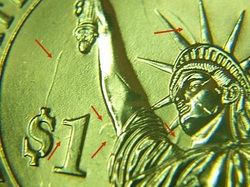
- missing lettering
- upside down lettering
- double lettering
- Zachary Taylor with 2009 and at least one 2010 date
This series has numerous cracks from deteriorating dies such as the die crack below Lady Liberty's chin and the die crack that makes and extra spike in Liberty's crown.
A similar die deterioration happened with the 24 quarters in the Canadian 1999 and 2000 millenium series. In fact, I have about 10 coins in a row where you can see the die deteriorate to such an extent that each stamping produced less of the design until part of it was missing completely.
Other Canadian coins with errors are the $2 coins we call Twoonies. Here is a normal $2 coin. Look at the mountain ridge in the background... it's one smooth line.
smaller dark shadow as well.
Another country with minting errors is France where there's an extra feather in the rooster's tail for one year of their coins back in the middle of the 20th century. For more errors, check your local library for coin books - American, Canadian and other countries.
So what does all this mean? Absolutely nothing if you're not a collector because money is money by virtue of it's face value whether it has an error or not.
When you bring a $1.00 coin to the bank you'll receive 4 quarters for it. If you use your $1.00 coin to buy something for 50 cents at the store, you'll get 50 cents in change.
If you bring a 1937 buffalo nickel to the bank they'll take it as a nickel no matter how many legs that buffalo has on it. It's up to you to know if that nickel is worth 5 cents or $500. And if it doesn't matter to you, then that's fine too.
I once had a 1976 Canadian error nickel that I sold on eBay for $2 because it had a die chip that joined the top of the 6 to the stem of a maple leaf. That's a good profit. Yet I've missed that coin and wish I hadn't sold it.
Why? Because it was flawed. It reminded me that even with money's power, it's not perfect. It may have a face value on it, but the design and content can make it more or less valuable that what it says. In other words, money can't be trusted and it'll let you down if you put your faith in it because it's not always what it seems.
What do you think of the State Quarters, Presidential Dollar, Millenium Quarters, Olympic Coins and National Park series?
This post has also been posted at Inkwell Inspirations where there is more info in the comments section.

